Pacer Gait Trainer
Better than a traditional walker, the Pacer gait trainer offers a range of functional weight-bearing assistance options to improve ambulation.
At Rifton, we believe every child deserves to experience the joy of riding. Our adaptive tricycle is more than fun— it’s a tool for growth, inclusion, and movement. Whether for school, therapy, or home, this special needs tricycle is designed to make independent mobility possible for children and teens who can’t use a standard bike.
We’re excited to announce a new freewheel feature for the Rifton Adaptive Tricycle! The freewheel allows caregivers to disconnect the pedals from the drivetrain so the tricycle can coast while the pedals stay stationary. This provides the opportunity for the rider to rest when tired or needing to be transported quickly, while remaining seated on the tricycle. The tricycle can switch between drive mode and freewheel mode easily with the flick of a switch near the rear wheels.
We’ve also added new high traction tires designed to improve wheel traction on outdoor surfaces such as gravel, woodchips, dirt or mud. They improve the experience of rougher outdoor riding, but roll equally well on hard, smooth surfaces due to a smooth center band.

Riding builds strength, balance, and confidence. And for many children with disabilities, such as limited mobility, an adaptive bike is a medically necessary device, not just a recreational extra.
We’ve seen the therapeutic benefits of special needs bikes. Cycling improves:
With over 40 years of experience, the Rifton adaptive trike has been reimagined to meet the highest standards of accessibility, safety, and adjustability.
Download the Adaptive Tricycle brochure.
Riding a bike is an important part of childhood, and this adaptive trike aims to provide a similar experience for every child. This thoughtfully engineered tricycle for special needs children combines clinical insight with family-friendly design.
We've carefully designed every feature—from the supportive backrest to the low step for easy access—to make this tricycle as comfortable and accessible as possible. Use the slides below to learn more about Adaptive Tricycles.
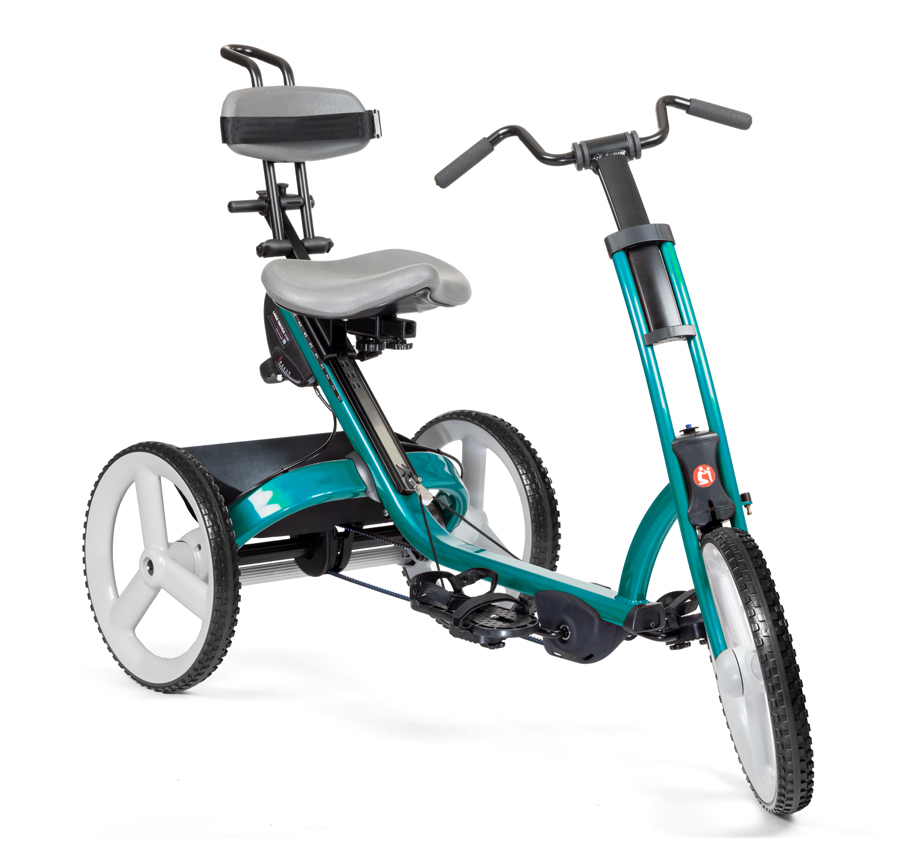
Every part of the Rifton adaptive trike is purpose built for comfort, safety, and function. It’s an ideal tricycle for any special needs child, offering both therapeutic support and an enjoyable riding experience. Explore each component to see how this disability trike helps children ride with greater ease and confidence. Use the slides below to learn more about each component.

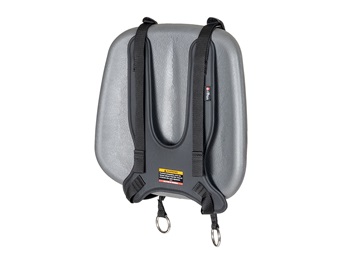
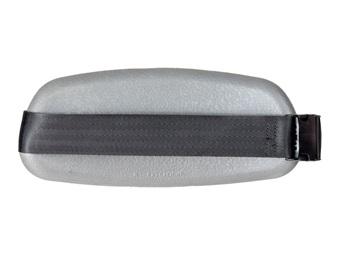


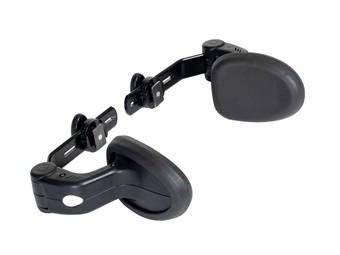
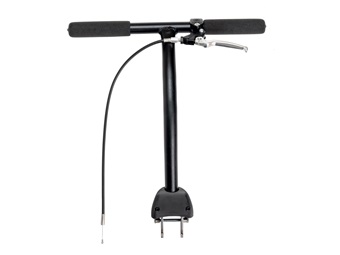
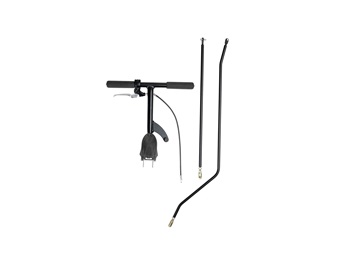
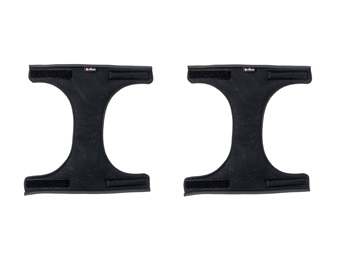
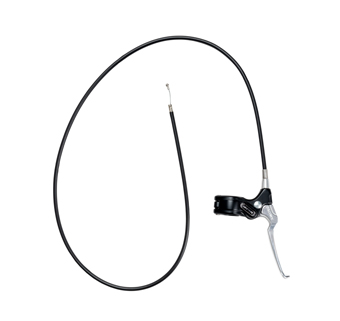
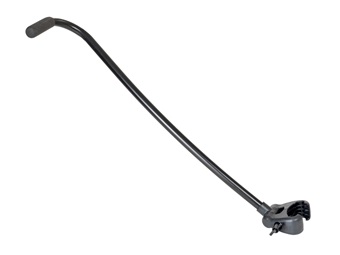
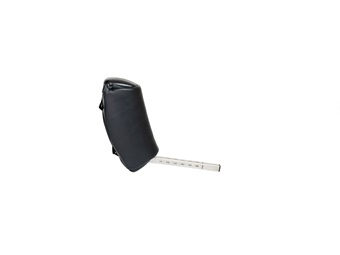
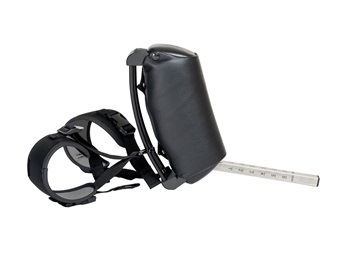
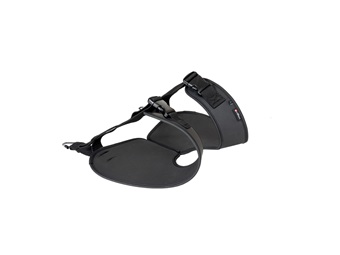
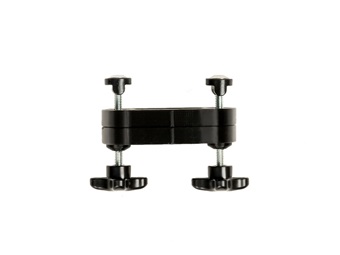
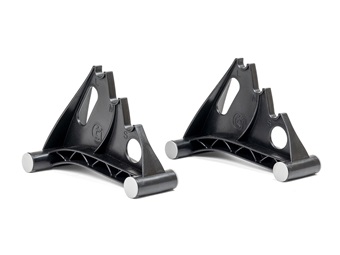
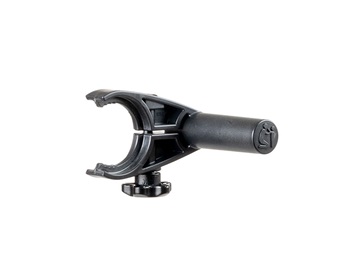
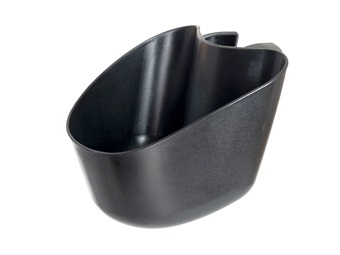
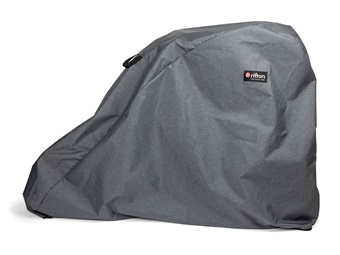
To ensure the best fit, select from our three sizes based on the rider's leg length. Their extended legs should reach the pedals comfortably from when both feet and torso are strapped into place.
Note: The user's weight must not exceed the maximum working load. Adaptive Tricycles are not intended for clients with strong reflexes, poorly developed trunk balance, or poor head control.

The client’s extended leg should reach comfortably from seat to pedal when both feet and torso are strapped into place.
Get the most from your adaptive bike with our downloadable resources:
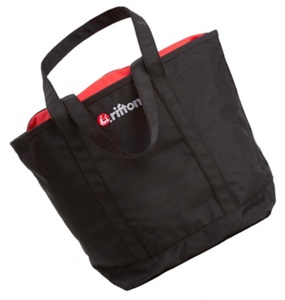
Downloads